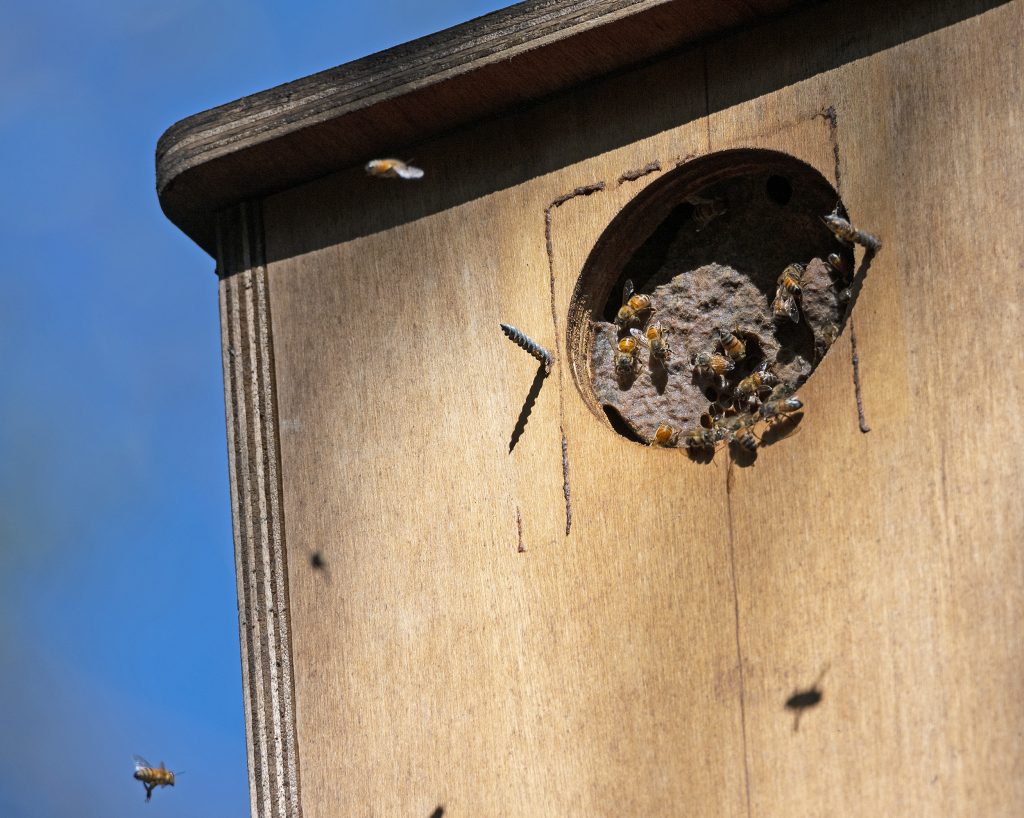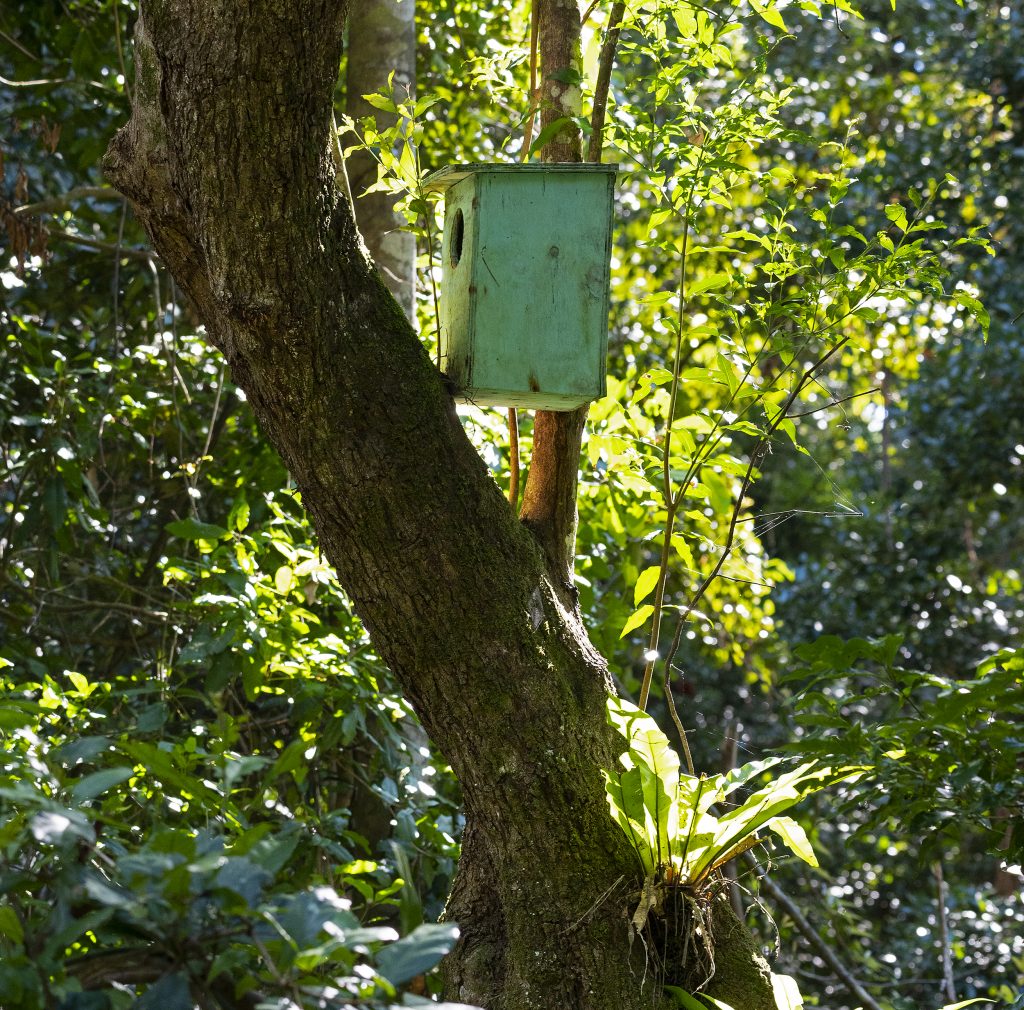
Most people are aware that we hominids have robbed our native wildlife of essential tree hollows. Urbanization, clearing for agriculture and our general dislike of dead trees have all played their part in the shortage of available nesting hollows. So too has the commercial business of providing firewood for domestic fireplaces, which is often sourced by removing dead trees from farmland.
Many of our native critters rely on nesting hollows, not just to breed but also to simply shelter. In response to this growing awareness, there has been an increased focus on the provision of human-made nesting boxes. Individuals, small businesses, and men’s sheds seem to be churning them out. But just how useful are these artificial hollows?
One study of nesting boxes around Canberra found 35 contained introduced Indian mynahs, 5 had introduced starlings, 7 had feral honeybees and just 17 were occupied by native species, in this case eastern rosellas.
At one stage I am told that Brisbane City Council stopped allowing nesting boxes in public parks. One Brisbane reserve had dozens of nesting boxes and each one was full of European bees.
Indian mynahs are so pugnacious that they will build new nests on top of native baby birds. In order to prevent mynahs from taking over nest boxes, one has to climb up and empty the nest box, sometimes destroying chicks and eggs repeatedly.

So here’s the rub. Nesting boxes are only useful if those who install them are prepared to check their contents regularly and dispose of non-target species. If this doesn’t happen, then nesting boxes are likely to be making existing problems worse, either by increasing the prevalence of pest species or else by increasing the numbers of already dominant native species (common possums, rainbow lorikeets etc).
One answer to this problem is in the design of the nest box. Boxes specially devised to improve the lot of, say, feathertail gliders will be quite different to those made to suit cockatoos which will be different again to those accessed by wood ducks (yes, strange as it may seem, wood ducks nest in tree hollows). Another problem with plywood boxes is that they don’t replicate the insulation capacity of real tree hollows. Thus, the temperature inside manufactured nest boxes can vary wildly, even causing animals to abandon their nests. Consideration has to be given not only to box design, but also the habitat in which nest boxes are situated, their orientation, and even the type of tree in which they are placed.

Trained wildlife officers often use cameras on long poles to inspect nest boxes. But it’s a big call to expect an ordinary citizen to check their backyard nest box every couple of weeks and to remove bees, wasps, mynahs (not to be confused with native noisy miners) or even predators like carpet snakes.
Please note, I am not against the targeted use of well-maintained nest boxes to assist struggling species. Indeed, this is often an essential tool in efforts to resurrect our endangered fauna. But if you buy a generic nest box at your local market and gleefully strap it to a tree in your backyard, you may not be doing the environment a favour unless you are prepared to studiously manage its contents.
We modern humans engage in a great many actions that we assume will improve the state of the planet, often without a shred of evidence as to their efficacy. I’m probably as guilty as the next person in reaching for the easy feel-good solution rather than the harder do-good solution.

